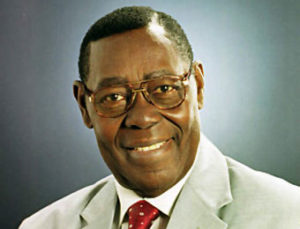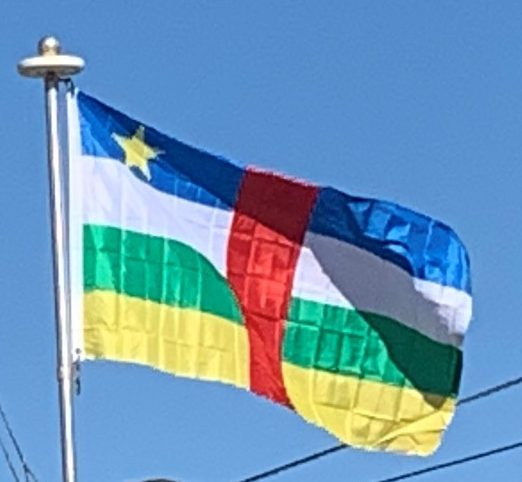By 1990, inspired by the fall of the Berlin Wall, a pro-democracy movement arose. Pressure from the United States, France, and from a group of locally represented countries and agencies called GIBAFOR (France, the US, Germany, Japan, the EU, the World Bank, and the UN) finally led Kolingba to agree, in principle, to hold free elections in October 1992 with help from the UN Office of Electoral Affairs. After using the excuse of alleged irregularities to suspend the results of the elections as a pretext for holding on to power, President Kolingba came under intense pressure from GIBAFOR to establish a “Conseil National Politique Provisoire de la République” (Provisional National Political Council, CNPPR) and to set up a “Mixed Electoral Commission”, which included representatives from all political parties.

When a second round of elections were finally held in 1993, again with the help of the international community coordinated by GIBAFOR, Ange-Félix Patassé won in the second round of voting with 53% of the vote while Goumba won 45.6%. Patassé’s party, the Mouvement pour la Libération du Peuple Centrafricain (MLPC) or Movement for the Liberation of the Central African People, gained a simple but not an absolute majority of seats in parliament, which meant Patassé’s party required coalition partners.[35]
Patassé purged many of the Kolingba elements from the government and Kolingba supporters accused Patassé’s government of conducting a “witch hunt” against the Yakoma. A new constitution was approved on 28 December 1994 but had little impact on the country’s politics. In 1996–1997, reflecting steadily decreasing public confidence in the government’s erratic behaviour, three mutinies against Patassé’s administration were accompanied by widespread destruction of property and heightened ethnic tension. During this time (1996) the Peace Corps evacuated all its volunteers to neighboring Cameroon. To date, the Peace Corps has not returned to the Central African Republic. The Bangui Agreements, signed in January 1997, provided for the deployment of an inter-African military mission, to Central African Republic and re-entry of ex-mutineers into the government on 7 April 1997. The inter-African military mission was later replaced by a U.N. peacekeeping force (MINURCA). Since 1997, the country has hosted almost a dozen peacekeeping interventions, earning it the title of “world champion of peacekeeping”.
In 1998, parliamentary elections resulted in Kolingba’s RDC winning 20 out of 109 seats but in 1999, in spite of widespread public anger in urban centers over his corrupt rule, Patassé won a second term in the presidential election.
On 28 May 2001, rebels stormed strategic buildings in Bangui in an unsuccessful coup attempt. The army chief of staff, Abel Abrou, and General François N’Djadder Bedaya were killed, but Patassé regained the upper hand by bringing in at least 300 troops of the Congolese rebel leader Jean-Pierre Bemba and Libyan soldiers.
In the aftermath of the failed coup, militias loyal to Patassé sought revenge against rebels in many neighborhoods of Bangui and incited unrest including the murder of many political opponents. Eventually, Patassé came to suspect that General François Bozizé was involved in another coup attempt against him, which led Bozizé to flee with loyal troops to Chad. In March 2003, Bozizé launched a surprise attack against Patassé, who was out of the country. Libyan troops and some 1,000 soldiers of Bemba’s Congolese rebel organization failed to stop the rebels and Bozizé’s forces succeeded in overthrowing Patassé.
